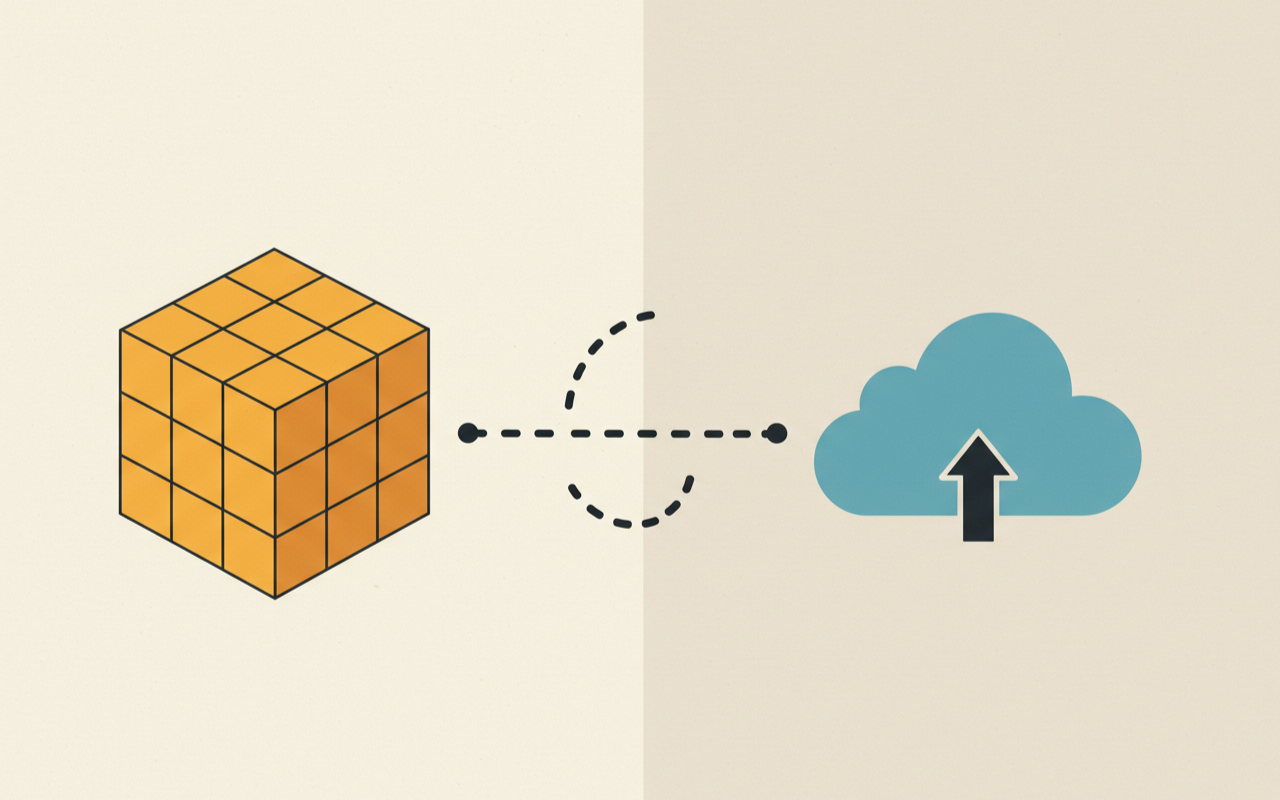Blockchain technology has revolutionized the way we think about data storage, security, and transparency. Whether you’re new to blockchain or have been exploring it for a while, you might have come across terms like “on-chain” and “off-chain” data. These concepts are essential to understanding how blockchain systems work and how they strike a balance between decentralization, efficiency, and scalability. Let’s break it down in a friendly and straightforward way.

What is On-Chain Data?
Simply put, on-chain data refers to any information that is stored directly on the blockchain. This data is recorded in the distributed ledger, meaning it is visible to all participants in the network and is immutable (can’t be changed once added). On-chain data is the backbone of blockchain technology, ensuring transparency and trust.
Examples of On-Chain Data:
- Transactions: Every time you send or receive cryptocurrency like Bitcoin or Ethereum, the details of that transaction (amount, sender, receiver, timestamp) are stored on the blockchain.
- Smart Contracts: These are self-executing contracts with terms directly written into code. The code and outcomes of smart contracts are stored on-chain.
- Token Ownership: Ownership of NFTs (non-fungible tokens) or cryptocurrencies is recorded on-chain, ensuring authenticity and traceability.
→ Benefits of On-Chain Data:
- Transparency: Everyone can see the data, making it easy to verify transactions.
- Immutability: Once data is added to the blockchain, it cannot be altered, which prevents fraud.
- Security: Blockchain’s decentralized nature ensures that data is tamper-proof.
→ Challenges of On-Chain Data:
- Scalability Issues: Storing large amounts of data on-chain can slow down the network.
- Cost: Transactions on public blockchains often come with fees, which can add up if you’re storing significant amounts of data.
What is Off-Chain Data?
Off-chain data, as the name suggests, refers to information that is stored outside the blockchain. While this data isn’t directly recorded on the blockchain, it can still be linked to the blockchain through various mechanisms. Off-chain storage is often used when dealing with large files or sensitive information that doesn’t need to be publicly visible.
→ Examples of Off-Chain Data:
- Large Files: Think of massive documents, videos, or images (like high-resolution NFT artwork). These are often stored off-chain because adding them directly to the blockchain would be inefficient.
- Private Information: Personal details like names or addresses are better kept off-chain to protect privacy.
- Side Agreements: In some cases, parties involved in a transaction might agree on terms that don’t need to be recorded on the blockchain.
→ Benefits of Off-Chain Data:
- Scalability: Storing data off-chain reduces the load on the blockchain, making it faster and more efficient.
- Cost-Effective: Since you’re not paying blockchain transaction fees for every piece of data, off-chain storage can save money.
- Privacy: Sensitive information can remain off-chain, protecting user confidentiality.
→ Challenges of Off-Chain Data:
- Trust Issues: Since off-chain data isn’t stored on the blockchain, it may lack the same level of transparency and immutability.
- Complexity: Linking off-chain data to on-chain records can require additional tools or protocols.
- Security Risks: Off-chain storage may rely on centralized servers, which could be vulnerable to hacks.
On-Chain vs. Off-Chain: A Quick Comparison
| Feature | On-Chain Data | Off-Chain Data |
|---|---|---|
| Storage Location | Directly on the blockchain | Outside the blockchain |
| Transparency | Fully transparent | Limited transparency |
| Immutability | Data cannot be altered | May not be immutable |
| Cost | Higher due to transaction fees | Lower as no fees are required |
| Scalability | Limited scalability | Highly scalable |
| Privacy | Publicly visible | Better for sensitive/private data |
How On-Chain and Off-Chain Work Together
In many blockchain applications, on-chain and off-chain data are used together to balance efficiency and functionality. For example:
- NFTs: The ownership of an NFT is recorded on-chain, but the actual artwork or file associated with the NFT might be stored off-chain using systems like IPFS (InterPlanetary File System).
- Supply Chain Tracking: Key events (like product certification) might be recorded on-chain for transparency, while detailed product information is stored off-chain.
- Payments: A smart contract might store payment agreements on-chain while linking to off-chain systems for billing or invoicing.
This hybrid approach allows developers to create powerful applications without overloading the blockchain network.
Why Does This Matter?
Understanding the difference between on-chain and off-chain data helps you appreciate how blockchains handle real-world challenges like scalability, privacy, and cost. Whether you’re a developer building decentralized applications (dApps) or just a curious learner, knowing when to use each type of storage can make a big difference.
→ For example:
- If transparency and trust are critical (e.g., financial transactions), on-chain data is ideal.
- If you’re handling large files or private information (e.g., medical records), off-chain storage is more practical.
Conclusion
On-chain and off-chain data are two sides of the same coin in blockchain technology. While on-chain data ensures transparency and security, off-chain data offers flexibility and scalability. Together, they enable blockchain systems to tackle complex use cases while maintaining efficiency.
As blockchain technology continues to evolve, we’ll likely see even more innovative ways to combine these two approaches. Whether you’re diving into DeFi (decentralized finance), exploring NFTs, or building your own blockchain project, understanding this balance will help you navigate the space with confidence.


![[Blockchain Beyond Cryptocurrency] The Untapped Potential Across Industries](https://mineatech.com/wp-content/uploads/2025/08/blockchain-beyond-cryptocurrency-the-untapped-potential-across-industries-348x215.png)
![What Is a Blockchain Consensus Algorithm? [Explained Simply]](https://mineatech.com/wp-content/uploads/2025/08/what-is-a-blockchain-consensus-algorithm-explained-simply-348x215.png)